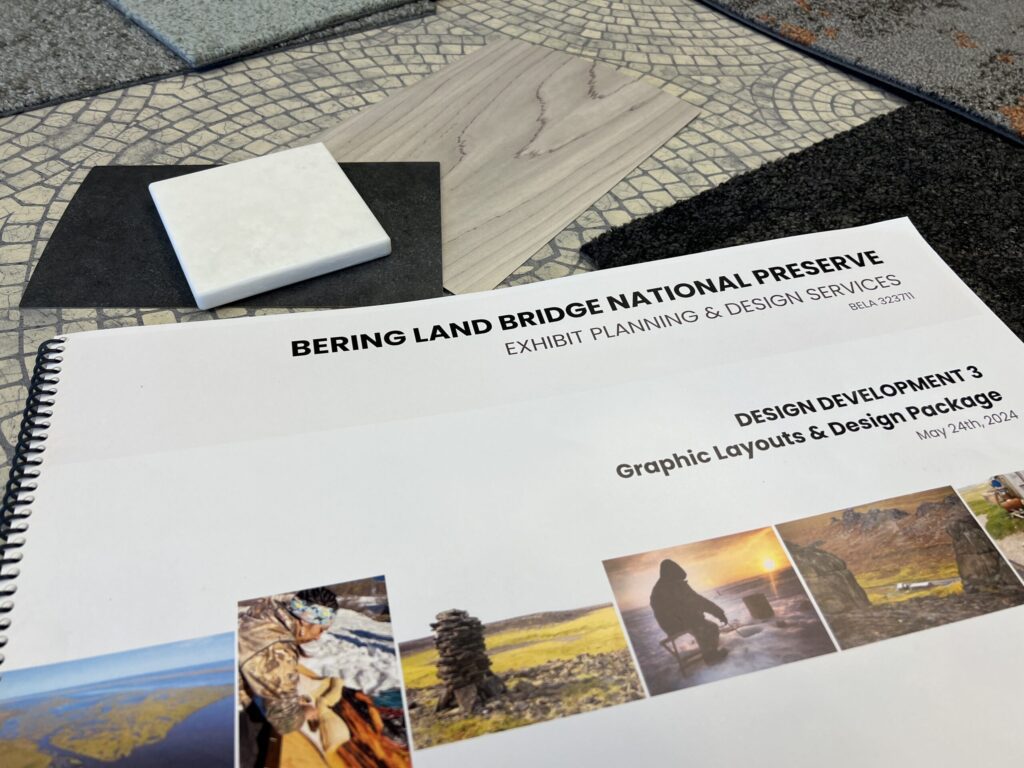It’s no crystal ball, but it could show us the future of Arctic shipping. A new simulation created by the National Park Service and its partners maps out projected ship traffic in the Bering Sea for the year 2025. Tahzay Jones is a coastal ecologist with the National Park Service, and he helped this simulation come to life.
“There’s already projections about how much traffic is gonna increase,” said Jones, “and what we really wanted to get at was, what does that actually look like?”
In the simulation video, colorful dots representing vessels sail up and down the Alaskan coast.
“If you imagine, like, a train track or something, we create boat tracks that these little boats can go back and forth on,” said Jones.
Most dots are clustered around the Aleutian Islands. But it’s the Bering Strait region that will see the greatest increase in traffic in the next decade. Between two and eight percent of ships that currently pass through the Suez and Panama canals are expected to start using the Northwest Passage instead.
Overall, the simulation predicts that between 115 and 275 more ships will pass through the Bering Sea during the most active month of the 2025 season. And those numbers don’t include one category of vessel that the region may see a lot more of soon: cruise ships.
“We just haven’t had enough cruise ships in the area to understand all of their routes,” said Jones. “I mean, we had one that went through last year. And so, that’s the only track that we have for large cruise ships that would potentially be going through the Bering Strait, and that’s not enough to really base a model on.”
However, the model could be adapted in the future once cruise ship patterns are established. In the meantime, Tahzay Jones’ task is to determine how the simulation can be used to prepare people living on the Alaskan coast for an increase in traffic.
“It’s one thing to create a model,” he said, “and then it’s another thing to say, how does this model actually apply to community needs, to management planning needs, those kinds of things?”
Jones visited Nome this week to meet with Kawerak Inc. representatives and share the potential uses of his project. Those uses include predicting the location of oil spills, and determining which animal populations might be threatened by traffic or noise disturbances. He also asked the representatives for suggestions of species that may be especially at risk. This collaboration with communities is important to Jones because he says the undertaking started with them.
“This project itself was really conceived and developed not as an agency-derived thing, but more so, it was very specifically an issue that communities had been conveying to the Park Service, and the Park Service saying, ‘I think that there might be a way we can address this,'” he said.
Of course, the real impact of the Arctic shipping boom won’t be known for certain until 2025.








